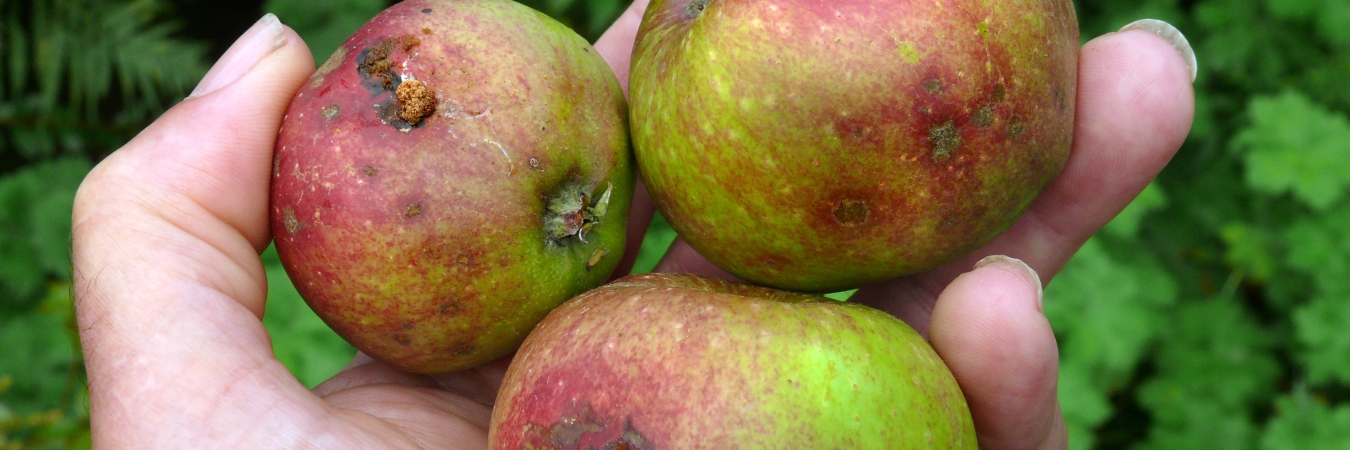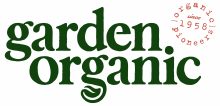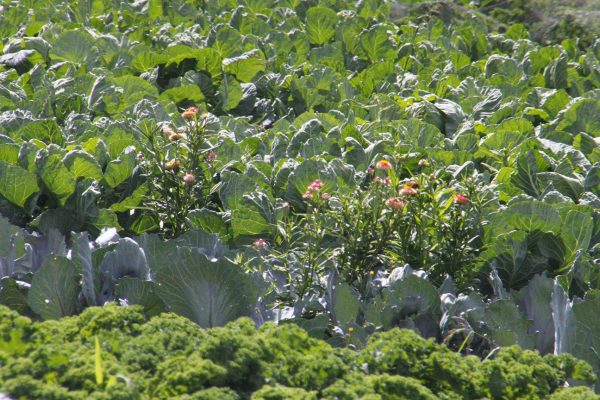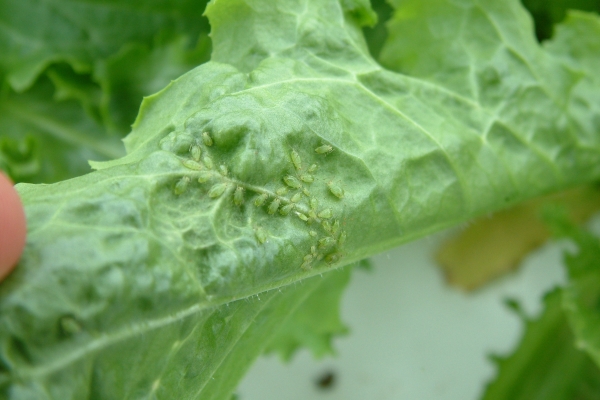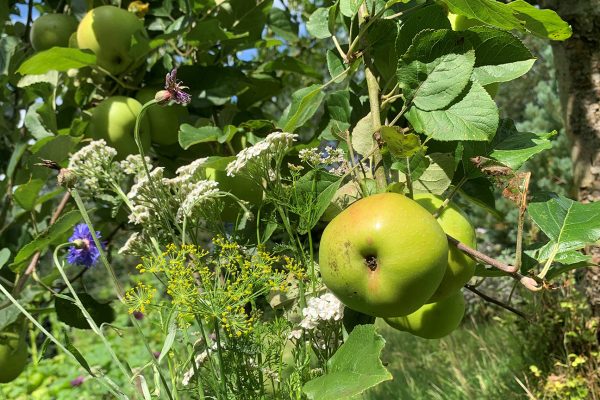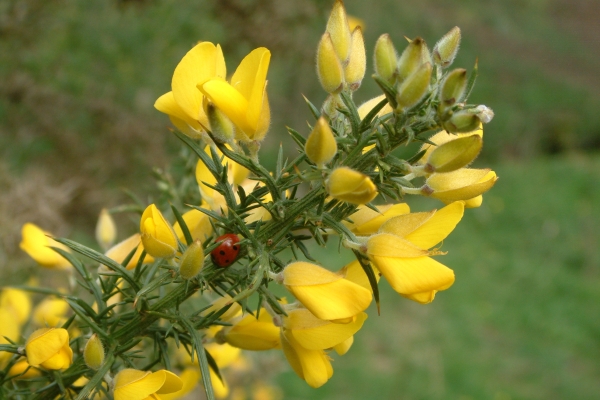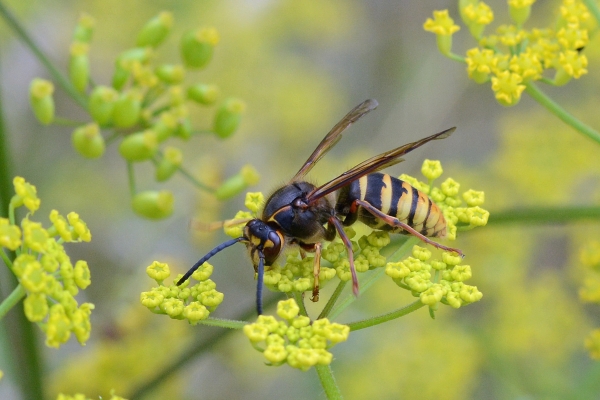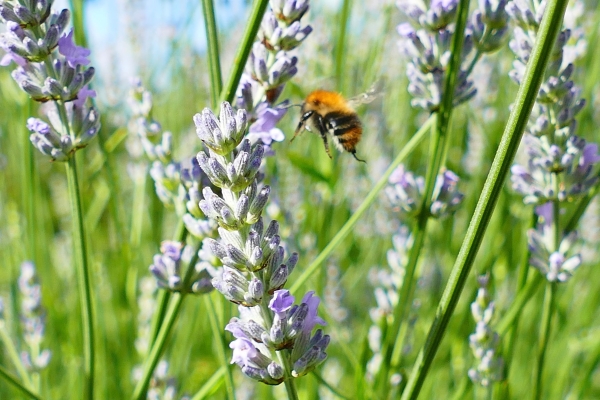Codling Moth
Garden Organic Factsheet PC2
Resource explained
The larva or caterpillar of the codling moth (Cydia pomonella) is a serious pest of apples and pears, causing damaged fruits to ripen and drop prematurely. Codling moth larvae eat into maturing fruit; a single larva enters each fruit through the eye of the fruit or near the stalk. It initially forms a small cavity below the skin and burrows into the core after a few days, leaving a prominent, red-ringed, entry hole blocked by dry ‘frass’ (maggot droppings). A large proportion of fruit flesh can be eaten away and the cavity becomes filled with brown frass. After feeding for about 4 weeks, the larva escapes through a small exit hole. This Garden Organic factsheet provides some useful information to help you identify and manage the pest; providing information on the moth lifecycle and various prevention and control alternatives to using insecticides.
Findings & recommendations
Prevention and control methods include:
- Encouraging natural controls and predators i.e. birds such as bluetits and earwigs (which will eat the codling moth eggs).
- Removing windfalls and leaf litter as soon as possible and removing tree ties in case they contain cocoons.
- Using pheromone traps which contain minute quantities of female codling moth pheromone. Once trapped, the males are no longer available for mating.
- Applying nematodes as a spray to the trunk, main branches and soil beneath the tree – to kill off overwintering pests, and prevent an outbreak the following year.
- Using cardboard traps to provide a suitable site for the pupae of the moths to pupate which can then be removed and burnt.
Header image: 49.338 BF1261 Codling Moth, Cydia pomonella (larval damage to apples), Patrick Clement (CC BY 2.0)
